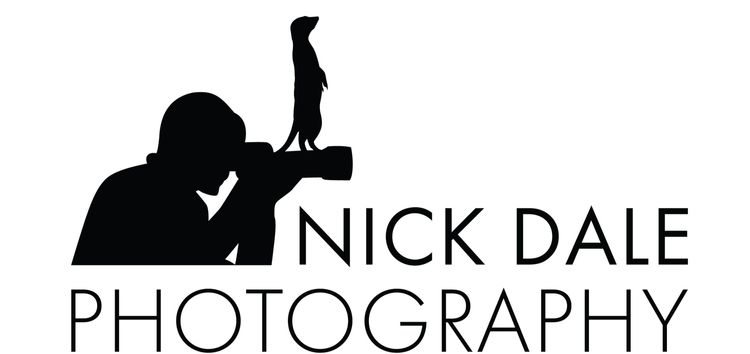Guest post
Bird photography is a uniquely accessible pastime, particularly in the age of affordable high-performance cameras. However, it can be much more involved compared to other photography-related hobbies because of the technical know-how and personal discipline needed to capture human-shy bird species. If you’re considering taking up bird photography, here’s a quick guide on what you need and what you should know:
Use a Long-Reaching Lens
The great thing about bird photography is that you can use pretty much any camera that you have. That said, some birds prefer to be much higher up than others and it might be difficult (though not strictly impossible) to take decent photos with a typical smartphone camera.
You’ll no doubt read a lot of differing advice on the camera models, lenses, and settings you should use for bird photography. However, the only thing you should really know is that you need the farthest-reaching lens you can get, i.e., a telephoto lens. To get even more range, you can get extenders (also called teleconverters) for some of your lenses. These will give you the reach you need to capture birds further away in good detail.
Faster is Better
Factors like fast boot times, high-speed shooting, and quick autofocus (AF) are essential in many kinds of photography, but they’re especially important for capturing quick-moving birds. Cameras with these features can be quite expensive for casual photographers, so check out if there is a camera hire service in your area with a high-speed rig that you can practise with.
Invest in a Good Pair of Binoculars
A lot of bird species have evolved plumage which makes them difficult to spot at a distance. To help with this, get binoculars with at least 8x magnification; for a closer view of your avian subjects, go for a 14x pair or better.
Before you purchase your binoculars, consider your shooting conditions. A lightweight pair with lower magnification may be a better option if you’re on the move. A heavier model with high magnification, on the other hand, will do great if you don’t mind the bulk or if you’re shooting from a prepared position.
Use a Backpack
Between your camera, telephoto lenses, and binoculars, you’ll definitely have your hands full when doing bird photography. A protective, reasonably lightweight bag will thus be necessary to hold your gear while you focus on the tasks at hand.
A shoulder bag could work but it can get in the way if your subjects are high up. In addition, it’s not always easy to find a well-balanced shoulder bag that can adequately protect large and heavy telephoto lenses. A backpack, on the other hand, should help you keep both of your hands free and ready for the next shot.
Research Good Spots
You’ll save a lot of time and get better shots if you know where the birds are. Fortunately, the birding community is full of helpful individuals eager to show budding photographers where the best spots are. Actively engage with them on local bird photography and birdwatching forums to get some great advice on where to find birds near your area.
Know the Best Times to Shoot
As implied by the popular adage, most bird species are highly active in the early morning. Most will then ramp down their activity in the late morning and early afternoon before becoming active again before sunset. Of course, this all depends on the bird species and their particular behaviour patterns in a given area. Read up on ornithology books that cover the areas you plan to shoot in to gain further insights about the best times to set up.
Wear Neutral Colours
Even the best binoculars and telescopic lenses won’t guarantee that you’ll spot the species you want to shoot. Many bird species have evolved incredible colour vision that lets them spot not just food, but also potential threats—like human photographers from far away.
Chances are that birds will be able to see you no matter what you’re wearing. However, dressing in colours that are usually found in the surrounding environment should help you avoid spooking your subjects, allowing you to get close enough for that perfect shot.
Don’t Bait the Birds
You may be surprised to know that feeding wild birds is actually illegal in many places around the world, making the common bird photography practice of “baiting” a no-go in many areas. In addition, locals may frown upon the practice even in places where it is perfectly legal, like in the UK. If you want to bait birds, be sure to only do it in your garden, if at all.
Don’t Stress the Birds Out!
When photographing birds, try to maintain a respectful distance and avoid making sudden movements or noises that could startle them. Birds can easily become stressed, affecting their behaviour and potentially causing harm to their well-being. Keep your distance, avoid using a flash, and learn how to move silently through your subjects’ habitats.
Take a Few Hints from Portrait Photographers
Portrait photography techniques can enhance your bird photos. For instance, birds’ eyes are particularly striking and, much like human subjects, the direction of their gaze can be used to imply a specific emotion in your photos. As with human portraits, try experimenting with different angles to highlight individual characteristics and tell compelling stories.
On Feathers and Focus
Bird photography requires a combination of technical know-how, an understanding of avian behaviour, and plenty of patience. While it is an accessible hobby, it’s also an incredibly multifaceted discipline that goes well beyond mastering your camera, requiring you to develop a deep empathy for your subjects. Following the tips above, you should be able to forge your own approach to birding that melds your self-expression and love for the natural world.
